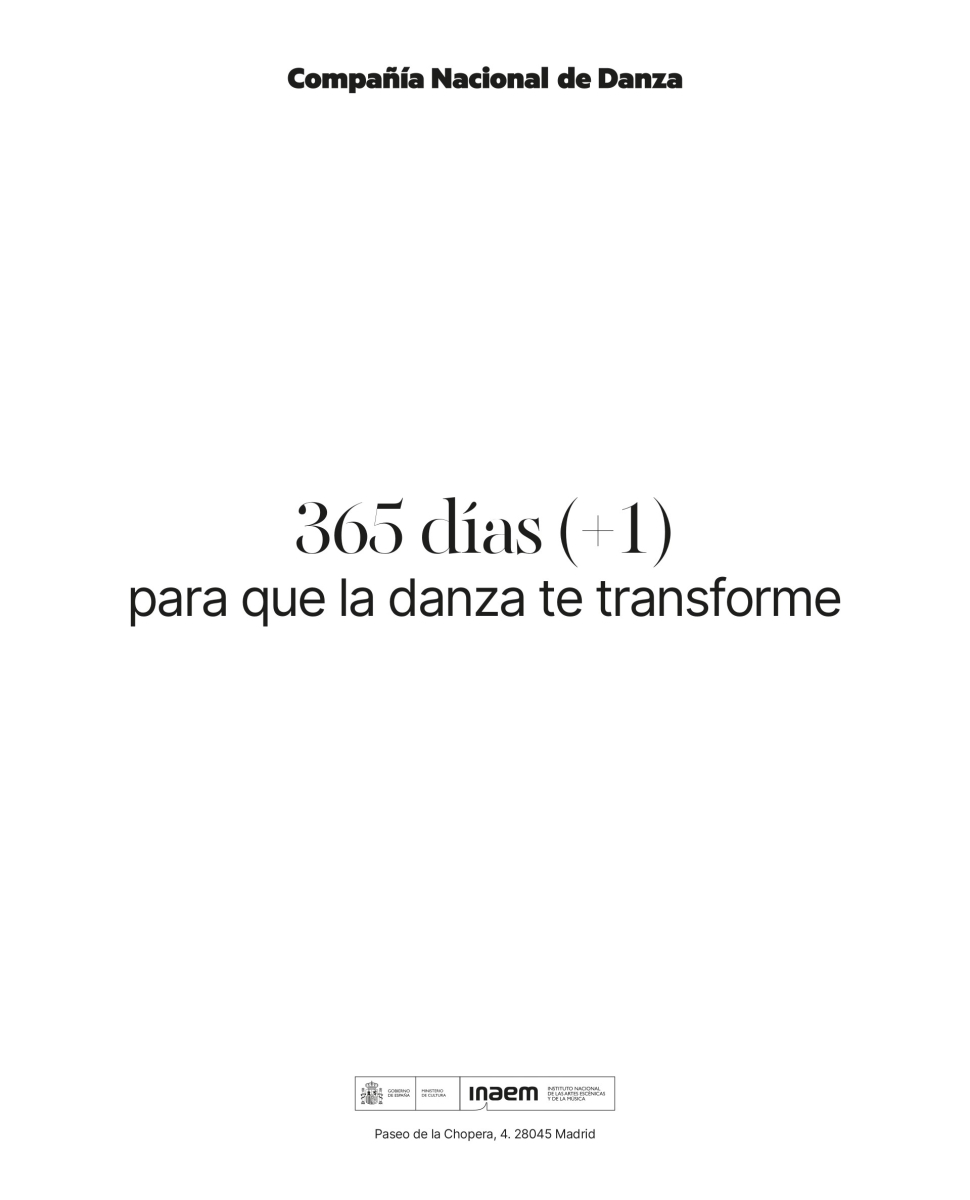Dancing around the world with Daniella Oropesa
Daniella Oropesa, a dancer of Cuban origin, begins training at the Alejo Carpentier Elementary Ballet School. She continued her training at the National Ballet School in Havana, and in 2010 she joined Laura Alonso’s company. She has danced in countries such as Australia and New Zealand within the Ballet Revolución program and as a guest at Les Ballets de France in Paris. In 2017 he joined the National Dance Company, where he has performed pieces such as The Nutcracker, Giselle, DSCH Concert, Triple Bach and Arriaga, among others.

You were born in Havana, the Cuban capital. How is dance experienced on the island?
Yes, there is a phrase that says “everything is fixed by dancing,” which we have deeply internalized in Cuba. It is in the blood, in our culture.
What do you take away from the teachings at the Alejo Carpentier and National Ballet schools, where you took your first steps?
I stay with the teachers. From a very young age we have been lucky to have teachers with incredible human quality. They prepare us both artistically and mentally for the world we will face later. Without them it wouldn’t be the same.
At only fifteen years old you begin to compete in international competitions. How did you cope with the pressure at that crucial age and with so many changes?
As I mentioned before, I think that from a very young age we are prepared very well to face this world, including competitions. The fundamental thing is what you learn, what you grow in preparing a variation or a pas de deux, and what you enjoy later on stage. At school we are very close because we have grown up together since we were eight years old and we are in the same group until we turn eighteen. The relationship is so close and beautiful that the competition is not so important and we work as a team.
In 2010 you joined Laura Alonso’s company where you played the protagonists of Don Quixote and Sleeping Beauty, among others. What does it mean to you to dance icons of the ballet tradition? How did you work, for example, on the sweetness and innocence of the character of Princess Aurora?
I was very little then and the process was very enriching. I worked with Fernando Alonso and Laura Alonso, who helped me a lot to grow artistically. I am a very shy girl and that is also seen in the way I dance. The search for the character I play while still being myself has always seemed very interesting to me, being able to become another person dancing without losing my essence. It’s very complicated and it’s what I admire most in artists.
In 2015 you start touring in Australia and New Zealand, what a change! How was that experience?
I joined Ballet Revolucion, an Australian project that opened the doors of many stages for us. We danced almost every day, every week on a different stage. It was an incredible experience, truly enriching both artistically and personally.
And in 2017 you are invited by Les Ballets de France to dance the pas de deux of Corsario and The Flames of Paris. What differences with respect to your experiences on other continents did you perceive working in Europe?
It was a very nice experience, the audience of each country, even of each city, can vary a lot, but it is enjoyed the same and you learn a lot by dancing in different settings. In the end, they are experiences that mark you as an artist.
That same year you joined the CND, a year after your partner, the solo dancer Yanier Gómez Noda, joined the Company. What is it like to share time and a workplace in a profession as intense and hard as dance?
It has its pros and cons, like everything. The best thing about working with Yanier is that no one understands me better than him. It is a very complicated career that has very bad days, when I am with him I don’t even have to talk, we look at each other and he already knows how I am. When I talk to my parents and tell them about a problem I have, no matter how much they want to understand me, they don’t see the importance that I do, because dance is not their world. Yanier understands me perfectly, he knows how to encourage me, how to take the edge off problems…
Since 2019, the CND has a new director, Joaquín De Luz, a dancer with a great resume. How have you experienced the change in the company?
As I said before, I really like that dancers are able to show their personality when they dance, and that happens with Joaquín De Luz. When you see him dancing, you see the energy he has and the dedication he has to this art and he transmits that as a director as well. He always tries to inspire us to grow as dancers every day, it has been very nice to work with him.
Being away from your home and your land for so long must be very hard. How do you keep in touch and not forget your Caribbean roots? Does music or food help?
It is impossible to forget your Cuban roots… Yes, I listen to Cuban music because Cuba also has many wonderful musicians. Also, almost all my friends are from there, so we keep in touch and organize trips. We usually go once a year, whenever we can.
And since we’re on the topic of food, are you going to taste some dessert or typical Cuban food for your birthday?
I usually eat Cuban food, so on my birthday I feel more like Italian. A pasta carbonara dish, for example.
DANIELLA OROPESA – CORPS DE BALLET CND
Interview: Sandra Cadenas









